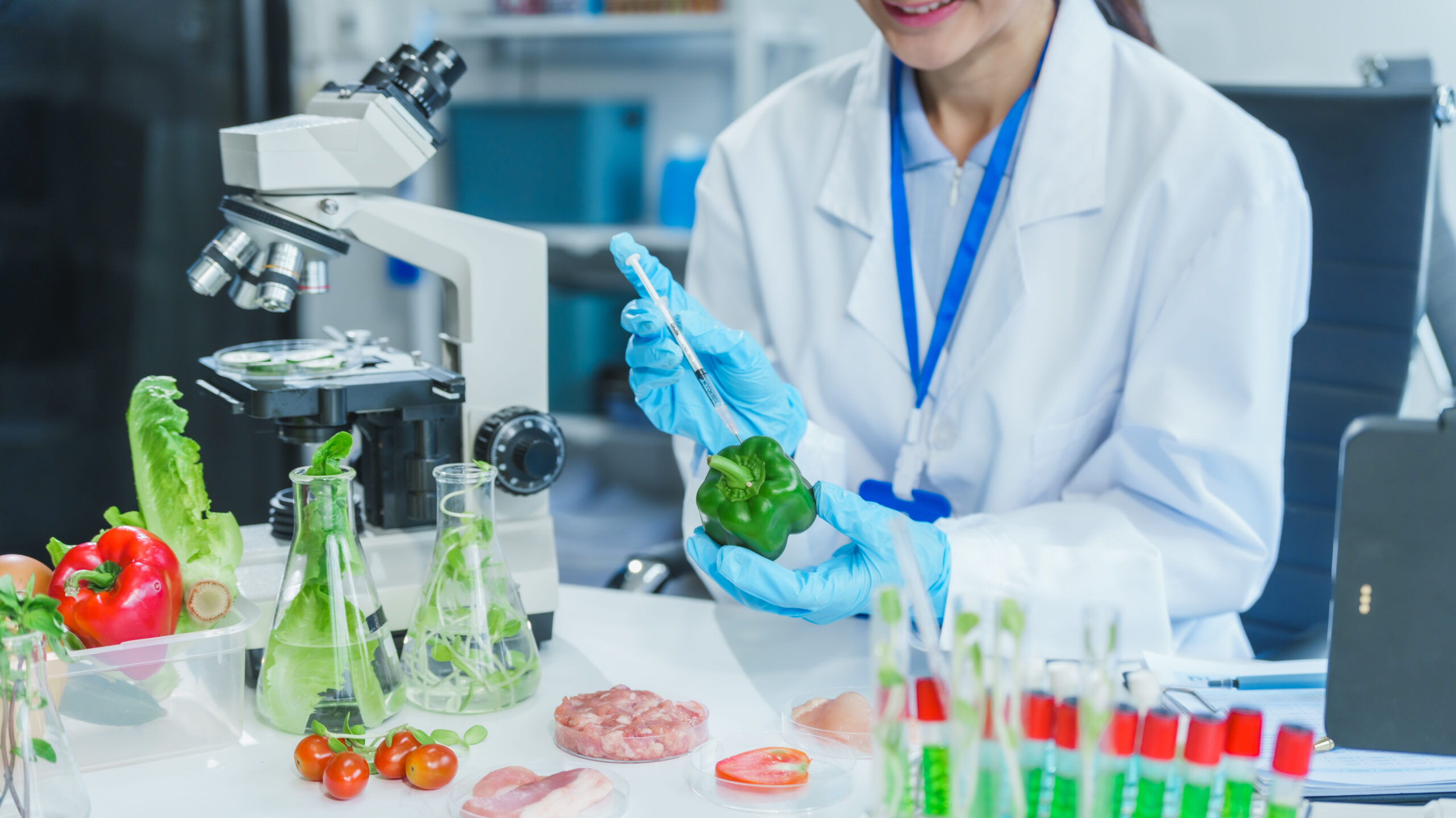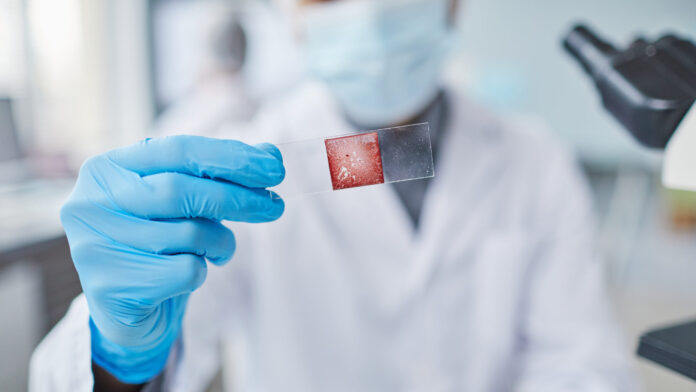Healing Beyond Transplants
Organ failure has long been a death sentence for many patients. Each year, hundreds of thousands across the world wait for a donor organ, often in vain. Even when a match is found, the risk of rejection, the trauma of surgery, and lifelong immunosuppression remain major hurdles. But a new field of science, regenerative medicine, is changing the rules. By combining stem cell science, biomaterials, and tissue engineering, researchers are no longer just treating disease. They are learning how to repair, regrow, and even recreate human
tissues and organs.
Regenerative medicine is built on a bold idea: the body, given the right signals, can heal itself. Stem cells, which can differentiate into any cell type, offer the raw material for such healing. Scientists have already used them to regenerate damaged heart muscle, reverse blindness caused by retinal degeneration, and repair cartilage in joints. Meanwhile, advances in bioengineering are allowing for the construction of tissue scaffolds, structures that mimic the natural extracellular matrix, on which new tissues can grow.
One of the most promising areas is 3D bioprinting. Using a patient’s own cells mixed with a supportive gel, researchers can print skin, blood vessels, and even miniature versions of organs known as organoids. These models are already being used to test drugs more accurately than animal models ever could. While printing a fully functional heart or liver remains years away, progress is accelerating. What once seemed speculative is now within
reach.
Tissue engineering has also opened new possibilities for burn victims and individuals with traumatic injuries. Artificial skin grafts made from stem cells have helped patients recover with minimal scarring. In orthopedics, engineered cartilage and bone tissue are being used to reconstruct joints and facial structures, reducing reliance on metal implants or cadaveric donations. For patients with spinal cord injuries, regenerative therapies are showing potential
to restore some degree of mobility.

Globally, the regenerative medicine market is growing fast, driven by an aging population, chronic disease, and technological breakthroughs. The United States, Japan, South Korea, and several European nations are investing heavily in national strategies to advance the field. In 2022, the U.S. Food and Drug Administration approved a number of cell-based therapies for rare diseases and cancers, signaling a shift from experimental to clinical application.
But like many frontiers of science, regenerative medicine also raises profound challenges. Manufacturing complex tissues at scale, ensuring consistent quality, and preventing contamination require facilities that meet stringent biomanufacturing standards. Ethical questions arise when working with embryonic stem cells or gene-edited tissues. The high cost of therapies may also limit access to wealthy nations unless innovation is accompanied by
policy efforts aimed at affordability and inclusion.
For developing countries like Sri Lanka, regenerative medicine offers both a challenge and an opportunity. While local capacity in tissue engineering is still emerging, there are key areas where investment and collaboration can yield early results. Research institutions, particularly those linked to medical faculties and engineering departments, could focus on skin tissue regeneration, bone graft substitutes, or cell-based therapies for diabetes and wound healing.
Local biotech startups, with proper incubation and regulatory support, can pioneer low-cost solutions adapted to the regional disease burden.
What is required is a strategic roadmap, one that brings together the public sector, academia, private enterprise, and international partners. Strengthening biomedical education, building GMP-certified laboratories, and encouraging translational research are all essential. Partnerships with global regenerative medicine networks can offer knowledge exchange, clinical trial platforms, and technology transfer.

Beyond science, public trust must be earned. Because regenerative medicine deals with living cells and high-stakes interventions, patient education and ethical oversight are critical. The field must remain grounded in transparency and social benefit, not hype or commercial exploitation.
In a country where non-communicable diseases, injuries, and age-related conditions are on the rise, the ability to regenerate damaged tissue rather than merely manage symptoms can transform healthcare delivery. Instead of waiting for transplants, patients could receive therapies that restore organ function, mobility, and independence.
Regenerative medicine is not just about healing. It is about hope, hope for those told nothing more can be done, hope for a future where human tissue can be rebuilt, and hope that the body’s natural ability to repair itself can be guided by the best that science and ethics have to offer.




